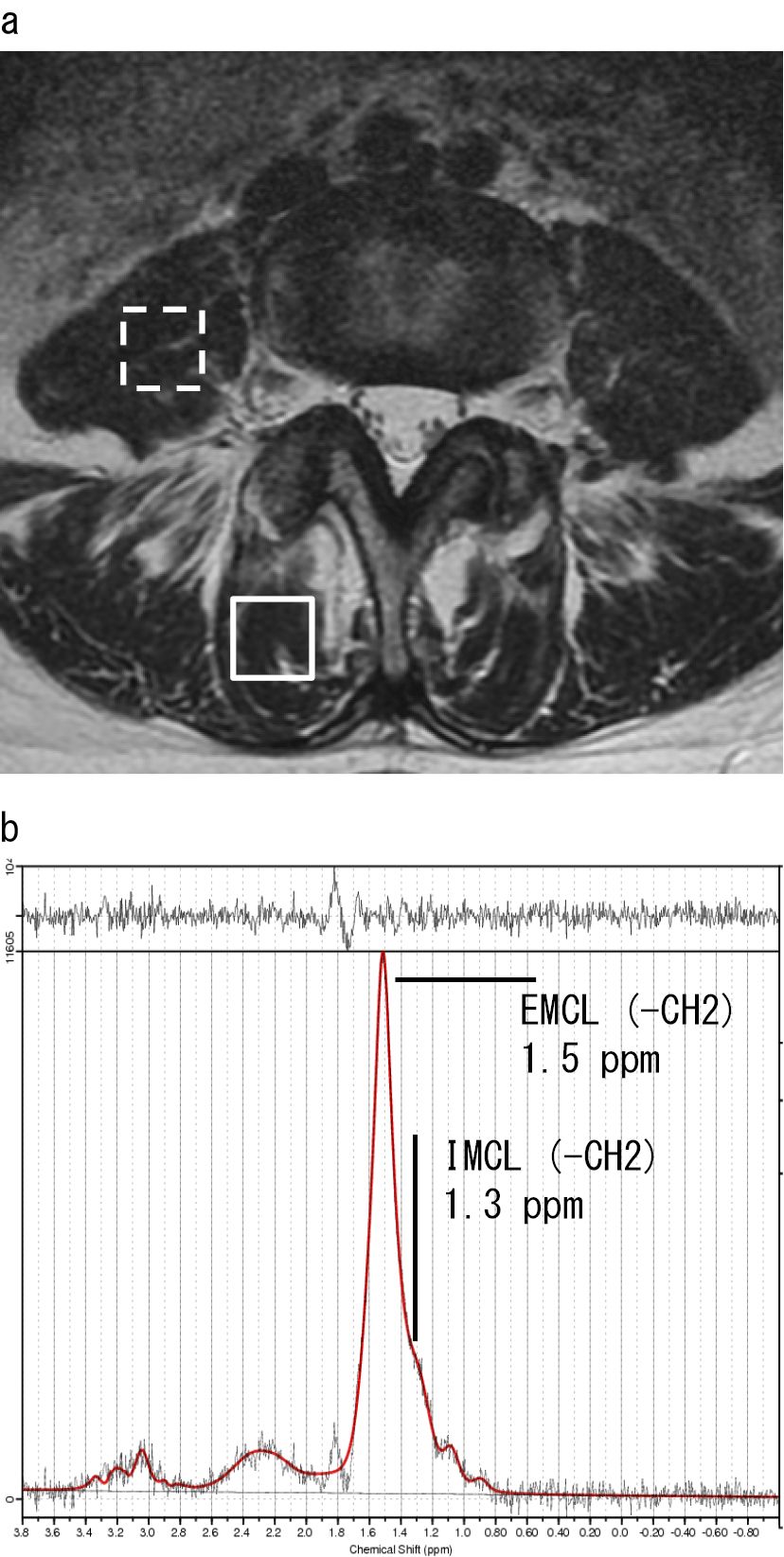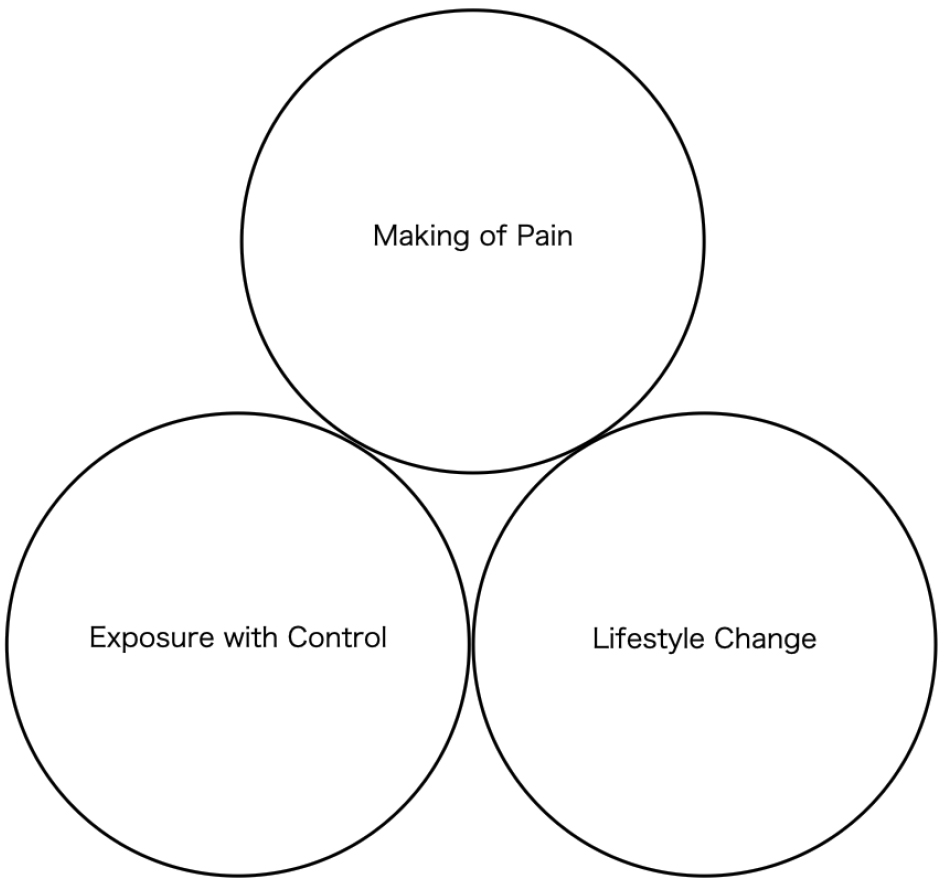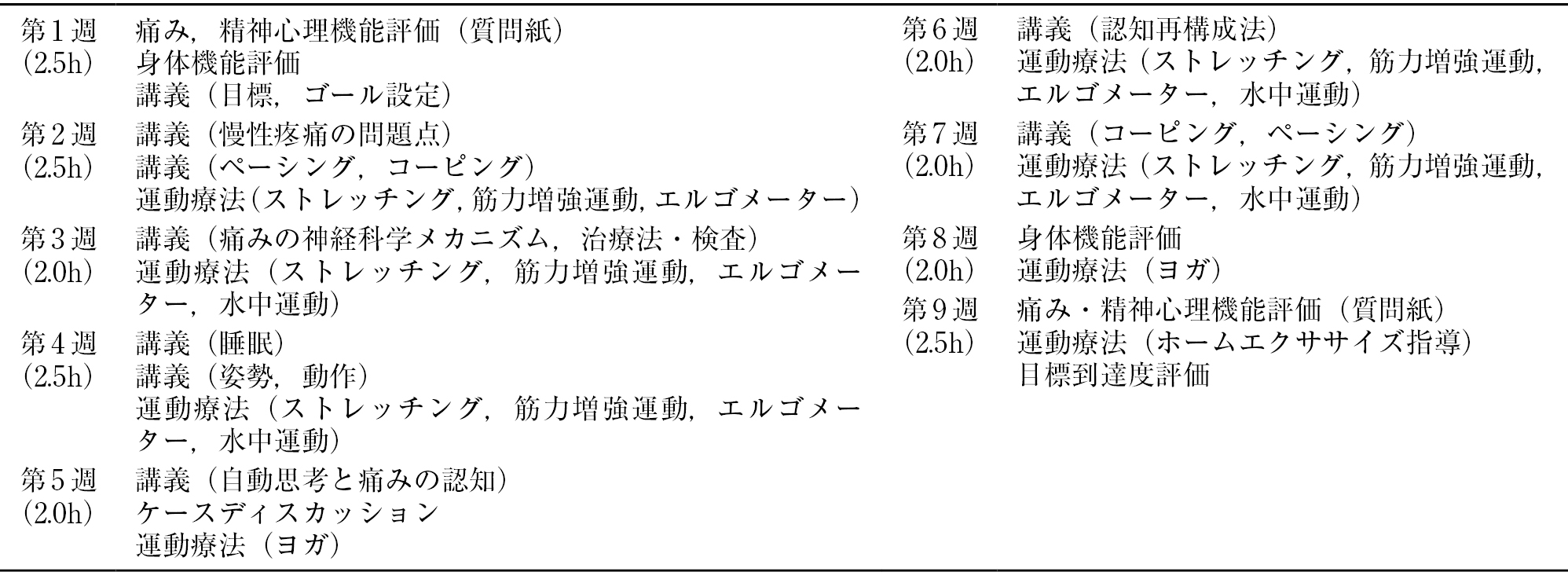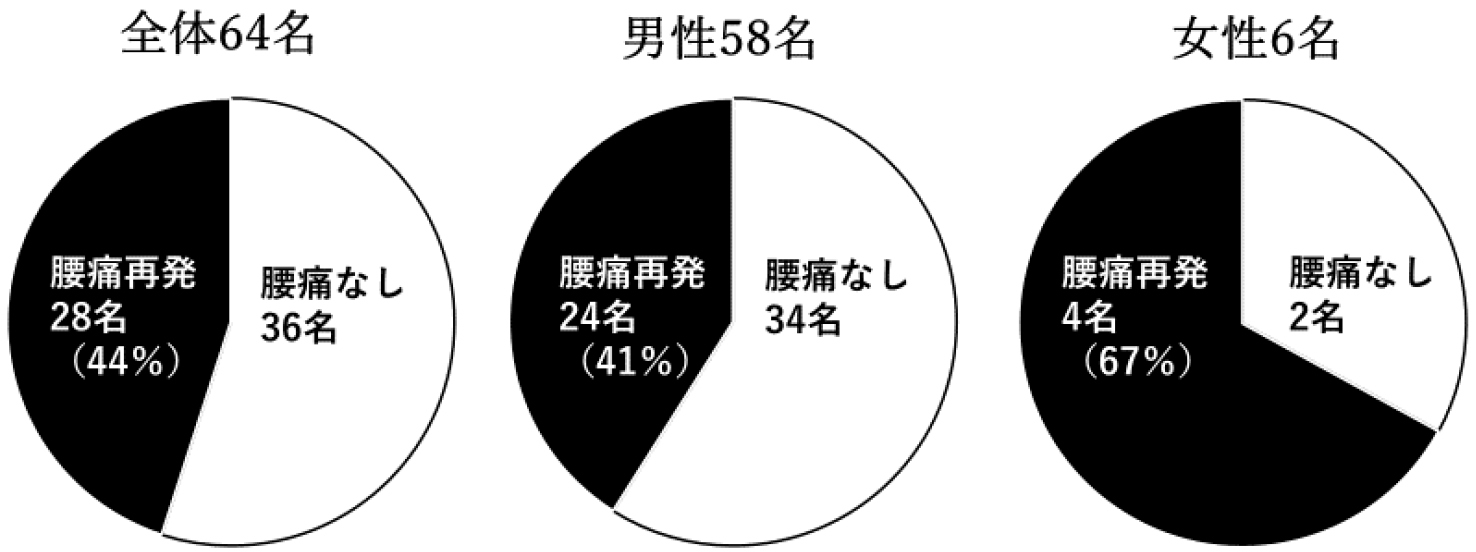Volume 12, Issue 6
Displaying 1-18 of 18 articles from this issue
- |<
- <
- 1
- >
- >|
Editorial
-
2021Volume 12Issue 6 Pages 792
Published: June 20, 2021
Released on J-STAGE: June 20, 2021
Download PDF (284K)
Review Article
-
2021Volume 12Issue 6 Pages 793-799
Published: June 20, 2021
Released on J-STAGE: June 20, 2021
Download PDF (1301K) -
2021Volume 12Issue 6 Pages 800-807
Published: June 20, 2021
Released on J-STAGE: June 20, 2021
Download PDF (1320K) -
2021Volume 12Issue 6 Pages 808-813
Published: June 20, 2021
Released on J-STAGE: June 20, 2021
Download PDF (1564K) -
2021Volume 12Issue 6 Pages 814-818
Published: June 20, 2021
Released on J-STAGE: June 20, 2021
Download PDF (908K)
Original Article
-
2021Volume 12Issue 6 Pages 819-824
Published: June 20, 2021
Released on J-STAGE: June 20, 2021
Download PDF (1158K)
Review Article
-
2021Volume 12Issue 6 Pages 825-830
Published: June 20, 2021
Released on J-STAGE: June 20, 2021
Download PDF (872K)
Original Article
-
2021Volume 12Issue 6 Pages 831-839
Published: June 20, 2021
Released on J-STAGE: June 20, 2021
Download PDF (1170K)
Review Article
-
2021Volume 12Issue 6 Pages 840-850
Published: June 20, 2021
Released on J-STAGE: June 20, 2021
Download PDF (2139K)
Original Article
-
2021Volume 12Issue 6 Pages 851-858
Published: June 20, 2021
Released on J-STAGE: June 20, 2021
Download PDF (1241K) -
2021Volume 12Issue 6 Pages 859-863
Published: June 20, 2021
Released on J-STAGE: June 20, 2021
Download PDF (813K) -
2021Volume 12Issue 6 Pages 864-869
Published: June 20, 2021
Released on J-STAGE: June 20, 2021
Download PDF (792K) -
2021Volume 12Issue 6 Pages 870-874
Published: June 20, 2021
Released on J-STAGE: June 20, 2021
Download PDF (1001K) -
2021Volume 12Issue 6 Pages 875-881
Published: June 20, 2021
Released on J-STAGE: June 20, 2021
Download PDF (1262K) -
2021Volume 12Issue 6 Pages 882-886
Published: June 20, 2021
Released on J-STAGE: June 20, 2021
Download PDF (802K) -
2021Volume 12Issue 6 Pages 887-893
Published: June 20, 2021
Released on J-STAGE: June 20, 2021
Download PDF (1341K)
Case Report
-
2021Volume 12Issue 6 Pages 894-897
Published: June 20, 2021
Released on J-STAGE: June 20, 2021
Download PDF (874K) -
2021Volume 12Issue 6 Pages 898-902
Published: June 20, 2021
Released on J-STAGE: June 20, 2021
Download PDF (1434K)
- |<
- <
- 1
- >
- >|

















